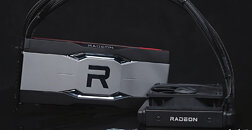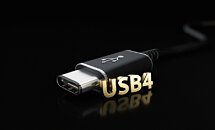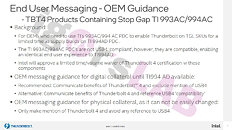
Qualcomm and Adobe Unleash Creativity Across Snapdragon Mobile, Compute and XR Devices
During the Snapdragon Summit 2022, Qualcomm Technologies, Inc. and Adobe announced an expanded collaboration to support creative experiences on Snapdragon powered devices across mobile, compute, and XR platforms. Together, the companies will push the boundaries of creativity and document productivity for Snapdragon users.
Building on the rich experiences already found with Adobe Photoshop and Adobe Lightroom for Windows on Snapdragon devices, Adobe remains committed to bringing the best of Creative Cloud natively to the Snapdragon platform, including Adobe Fresco and Adobe Acrobat. Bringing the strength of Adobe Sensei, Adobe's artificial intelligence (AI) technologies, alongside the dedicated on-device Qualcomm AI Engine on Snapdragon compute platforms, users can experience enhanced device performance for creative workflows and tasks including super-resolution, background removal and color enhancement, editing content on-the-go, and more.
Building on the rich experiences already found with Adobe Photoshop and Adobe Lightroom for Windows on Snapdragon devices, Adobe remains committed to bringing the best of Creative Cloud natively to the Snapdragon platform, including Adobe Fresco and Adobe Acrobat. Bringing the strength of Adobe Sensei, Adobe's artificial intelligence (AI) technologies, alongside the dedicated on-device Qualcomm AI Engine on Snapdragon compute platforms, users can experience enhanced device performance for creative workflows and tasks including super-resolution, background removal and color enhancement, editing content on-the-go, and more.














































